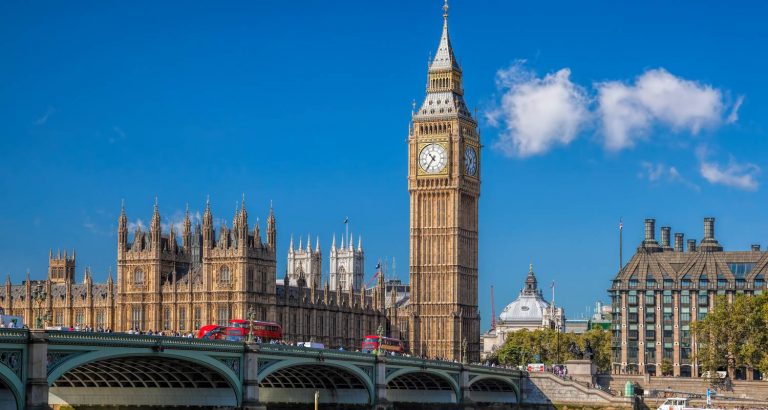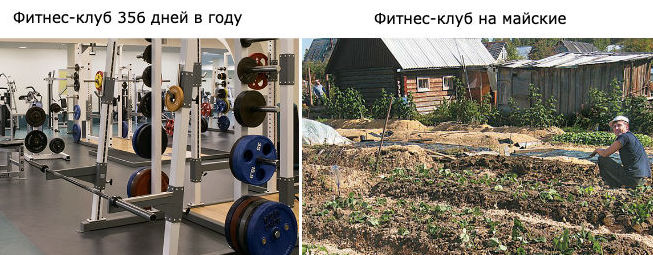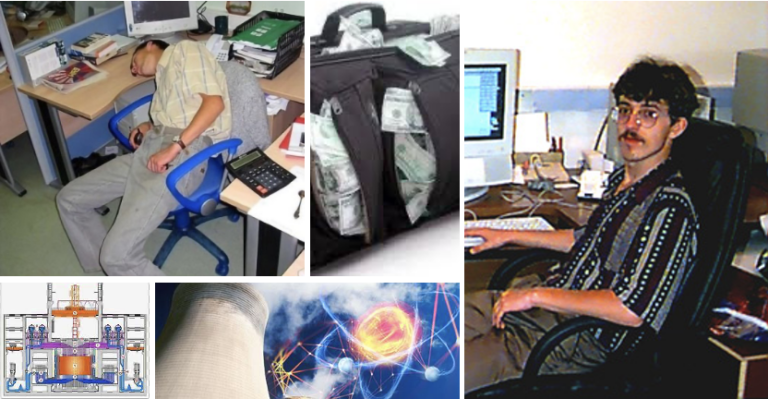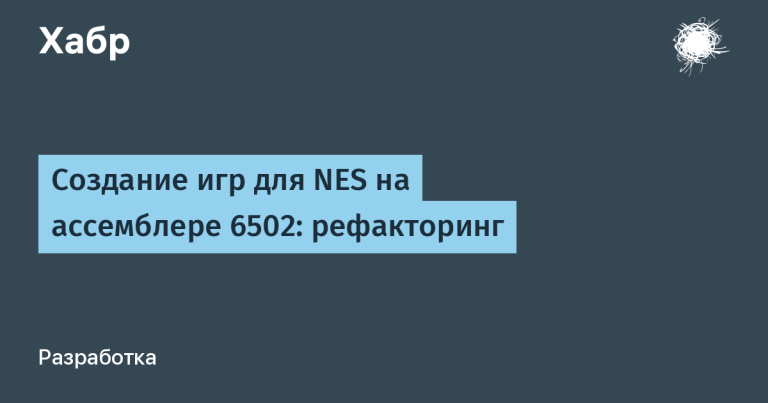Bubbles Up! A river barrier that protects the sea from plastic

Bubbles are not only fun (kids won’t let you lie) and pyramid schemes, but also a very useful tool. In the Netherlands, they found an effective way to prevent plastic debris from entering the ocean: an air bubble barrier was built. They do not interfere with navigation and fish, but they effectively retain plastic. Used masks, plastic bottles, old TVs, street signs, motorcycle helmets, windsurf boards, Christmas trees and more have been caught in a bubble curtain on the Westerdock Canal in Amsterdam.

Jacuzzi for rubbish
The Bubble Barrier was developed as an easy way to stop plastic debris from waterways from entering the ocean. An air compressor directs air through a 60 meter perforated tube that runs diagonally across the bottom of the channel … Compressed air is pumped through the tube and lifts upward, and then a stream of natural water helps push waste towards the drainage system.
According to Philip Erhorn, Co-Founder and Chief Technology Officer The great bubble barrier, the Dutch social enterprise behind the system, the barrier traps 86% of the garbage that would otherwise fall into river hey and further into the North Sea.
Commissioned by the Municipality of Amsterdam and the Regional Water Authority, the Bubble Barrier was installed in October 2019 (in five hours).
The idea is to trap plastic without a physical barrier, such as a net or fence blocking a river, that could disrupt aquatic life and interfere with navigation.


To minimize noise, the compressor is located 50 meters from the barrier in a converted shipping container and is powered by Amsterdam’s renewable energy sources.
The bubble curtain captures objects 10 millimeters in size or larger. According to Erhorn, small drifting aquatic organisms can enter the flow of the bubble curtain (up to 1 mm), but over time they will be able to pass through the catchment system. He adds that an independent third party is currently assessing the movement of fish around the Bubble Barrier.
With a background in naval architecture and oceanic engineering, Erhorn first conceived the Bubble Barrier when he spent a semester in Australia studying environmental engineering. At a wastewater treatment plant, he saw oxygen bubbles being used to decompose organic matter.
“It was like a jacuzzi. And what I noticed was that some of the plastic that people flushed down the toilet was collecting in one corner. “… This observation inspired him to write a dissertation and then come up with the technology behind the Bubble Barrier.
Further, the story is a bit anecdotal, but no less interesting. Independently of Erhorn, three Dutch women were working on the same idea in Amsterdam. Anne-Marieke Evelyns, Saskia Studer and Frances Zoet were discussing plastic pollution one night in a bar. When they looked at the bubbles in their beer glasses, it dawned on them.
By chance, a friend of Erhorn saw their presentation video for the € 500,000 Green Challenge, proposing bubble solutions to remove plastic from the environment.
“We came together and found we had the same vision and mission,” Erhorn recalls. “So I passed my dissertation and moved to the Netherlands the next day.”… Together, they turned a simple idea into a full-fledged Bubble Barrier pilot.
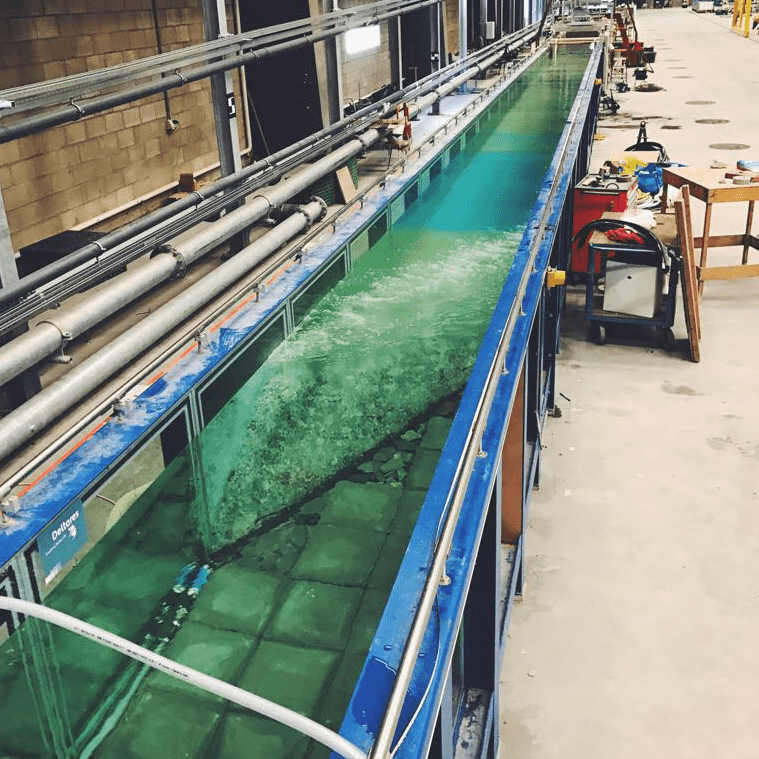
The first test of the concept was carried out in Berlin using a 10 meter long Bubble Barrier. The barrier was then rigorously tested in the Deltares Water Laboratory (an independent institute for applied research in the fields of water resources (surface and ground) and infrastructures). During their first pilot project in November 2017, a pilot project was launched on the IJssel River with the participation of the companies Rijkswaterstaat, Deltares and BAM / vdHerik. A 180-meter bubble barrier on the IJssel River has been shown to be capable of trapping 86% of the test material. Following this successful pilot project, The Great Bubble Barrier joined a research project to assess the impact of the Bubble Barrier on microplastics ranging from 0.02 to 0.5 mm in size. Wervershoof… The world’s first long-term bubble barrier was installed in November 2019 in Amsterdam.
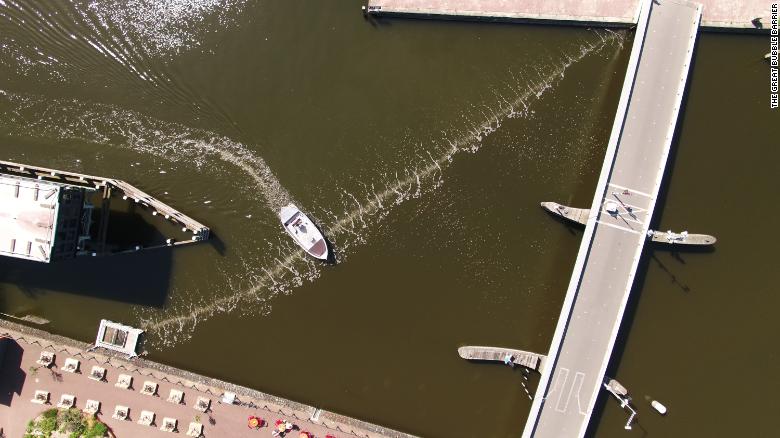

Plastic apocallipsis
Even with the ambitious commitments currently made by governments, by 2030, humanity could dump 53 million tons of plastic waste into the world’s freshwater and marine ecosystems.
Unlike the bubble, other types of barriers placed in an aquatic environment can be a little problematic in how they interact with animals moving through this aquatic environment.
Bubble Barrier Benefits:
- Skillfully uses the natural course of the river;
- Stops plastic on its way to the ocean;
- Based on existing technology;
- Increases oxygen in water;
- Requires no infrastructure changes;
- Easily scalable (Bubble Barrier can be installed on both large rivers and small canals).
But there are also some caveats about the technology:
- How suitable the system will be for wide rivers;
- How to implement the system in developing countries where there will be problems with constant power supply and periodic maintenance;
- Heavy pieces of plastic cannot be bubbled up.
It is believed that up to 80% of the ocean’s plastic comes from rivers and coastlines. Erhorn says most of the plastic in Amsterdam’s Westerdock comes from trash bags that locals leave outside their homes. If the bags break, wind and rain can carry debris into the canal.
All over the world, 11 million tons of plastic waste gets into the oceans every year, if every minute a garbage truck was dumping its contents into the ocean. Plastic debris less than 5 mm in length (microplastics) has been found in the digestive system of zooplankton, fish, invertebrates and marine mammals. The problem with plastic pollution is that there is no one-size-fits-all solution to eliminate it.
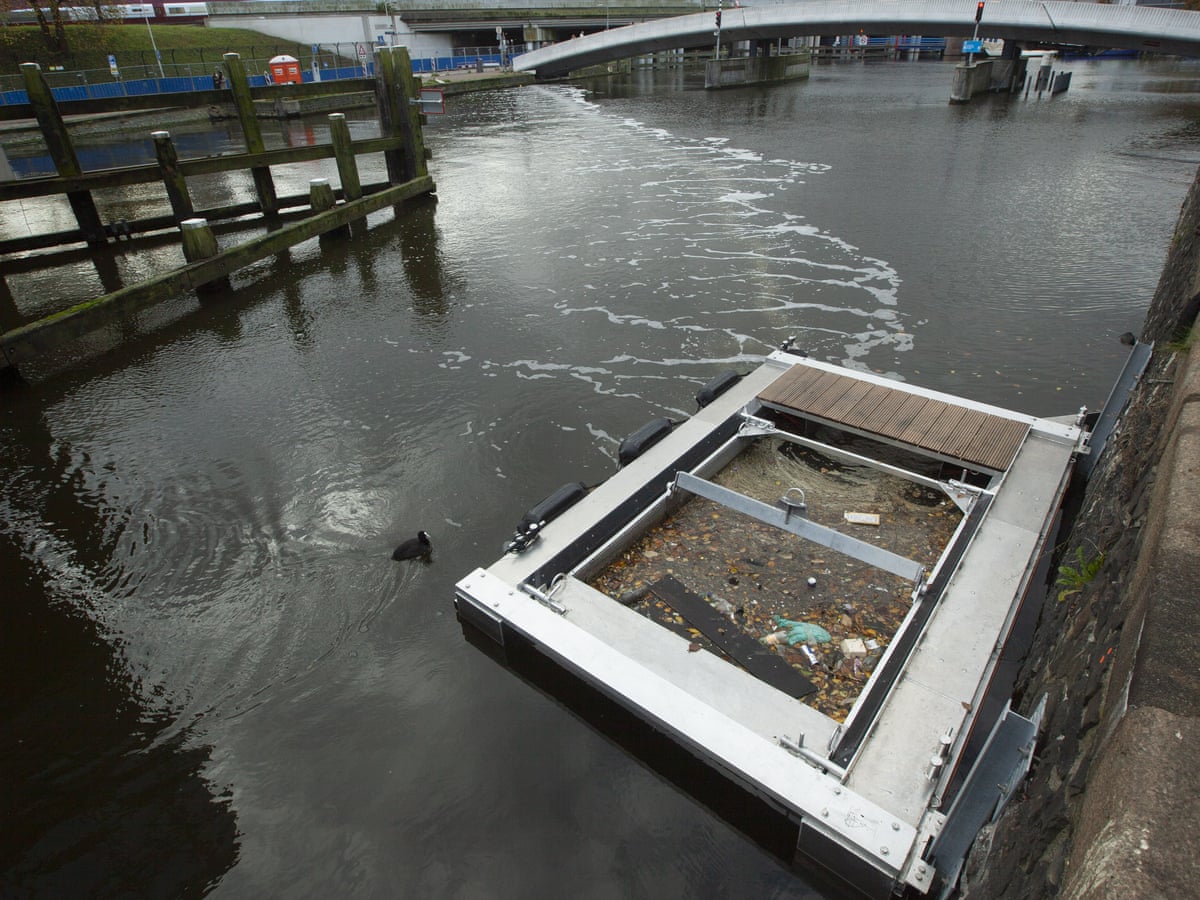
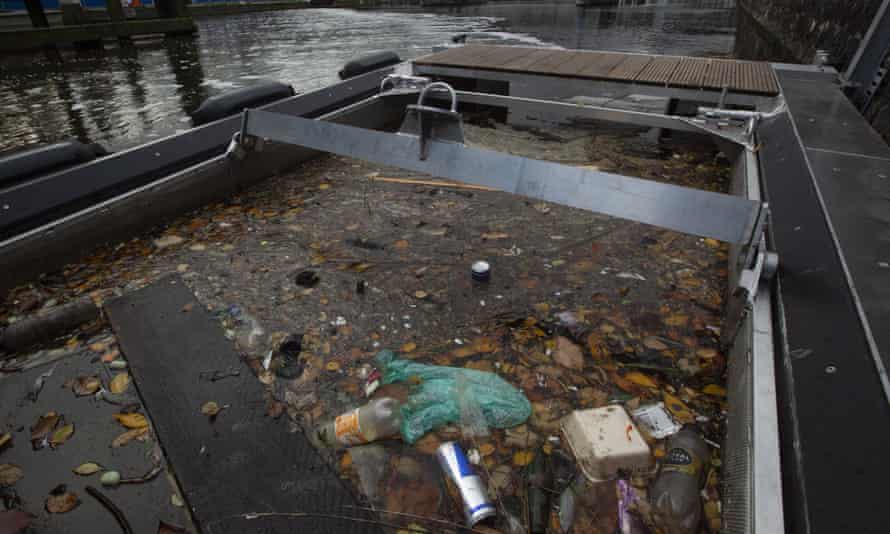
The Great Bubble Barrier team is currently working with the Amsterdam Water Authority and a non-governmental organization. Plastic soup foundationto analyze what kind of plastic was caught and identify its sources to help develop a new plastic waste policy.
The Amsterdam Water Authority empties a 1.8 x 2 meter catchment basket three times a week. Content is sent to sorting where suitable materials are recycled. The first working barrier in Amsterdam, which will operate around the clock for three years, is intended to complement the dredging, which currently collects 42 tons of large plastic from the Dutch capital’s waterways annually. The anti-bubble waste will be collected separately and then analyzed by the plastics team Schone rivieren (Clean rivers).

The startup plans to install Bubble Barrier in Portugal and Indonesia. Installation costs depend on the location and course of the river.
In addition to keeping plastics from entering the oceans, this system can help change attitudes towards the environment. Since waste within a catchment system is easily visible to passers-by, Erhorn believes it helps people understand how much waste is getting into our waterways. In this way, the barrier also acts as an educational tool to discourage waste and waste.
Besides trapping debris, the Bubble Barrier has other positive side effects. The oxygen level in the water is increased by the bubble barrier, which stimulates the ecosystem and stops the growth of toxic blue algae. Because bubble screens absorb sound and waves, fish and shorelines are less affected by shipping.
Drinking water companies ensure that their drinking water supplies are free of plastic particles. Removal of smaller plastic from the drinking water chain is not yet possible, so it is imperative to prevent plastic from entering the water supply.
Bubbles can reduce the cost of manually cleaning rivers – both on a regular basis and after a flood. Waterways will be kept clean without disturbing people, ships and animals.

Advertising
Here you can buy cloud server and at the same time independently assemble the server configuration you need. Everything will work smoothly and with a very high uptime!
Subscribe to our chat in Telegram…

